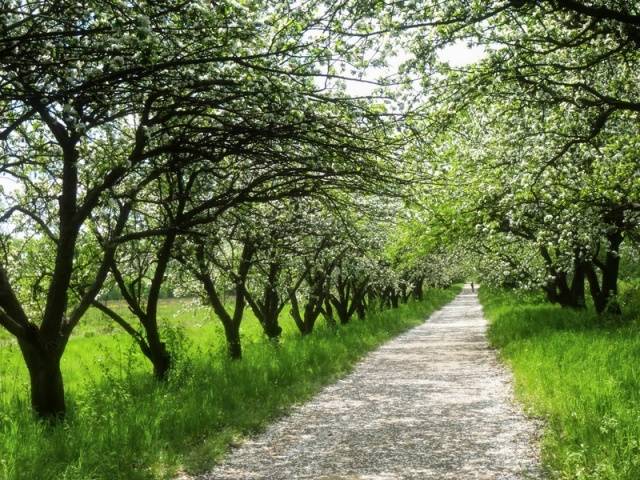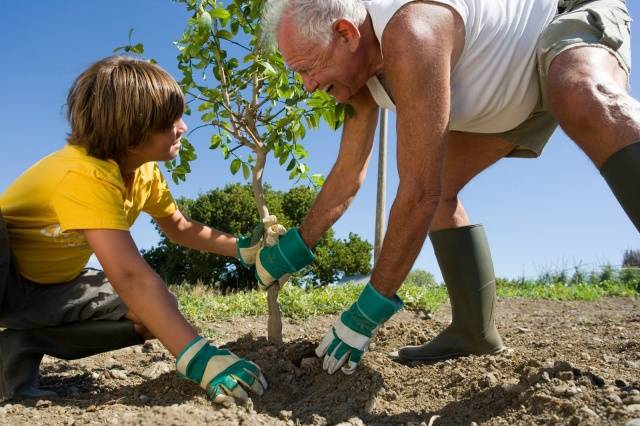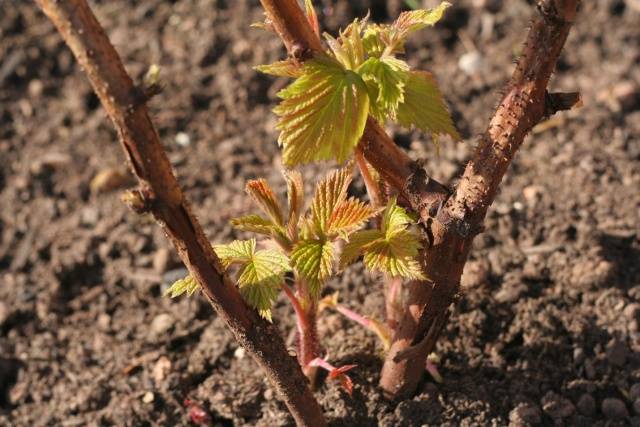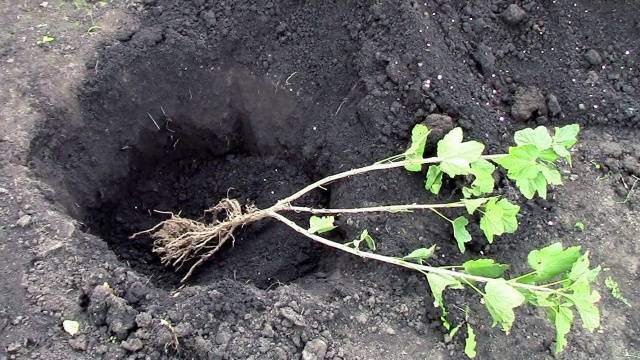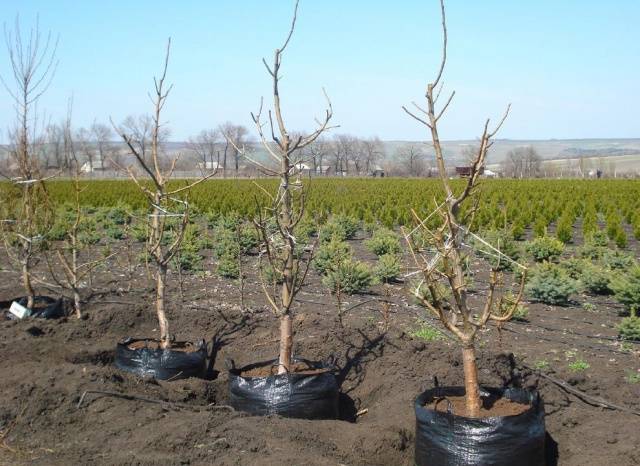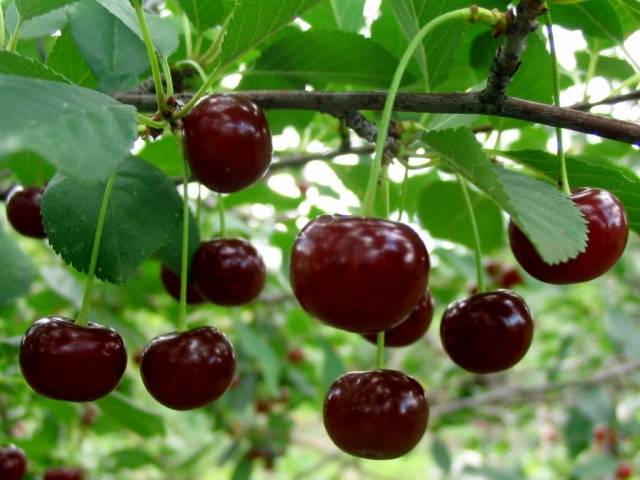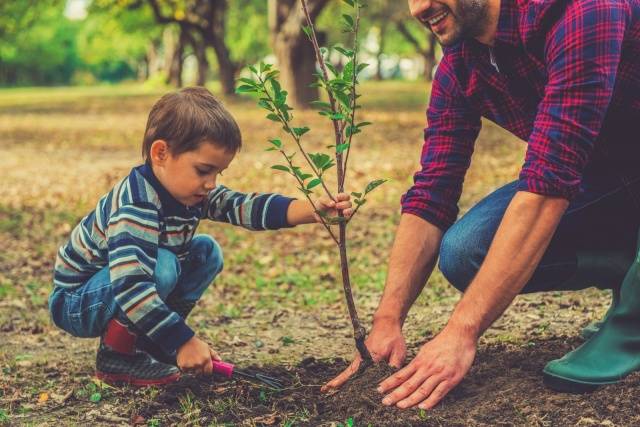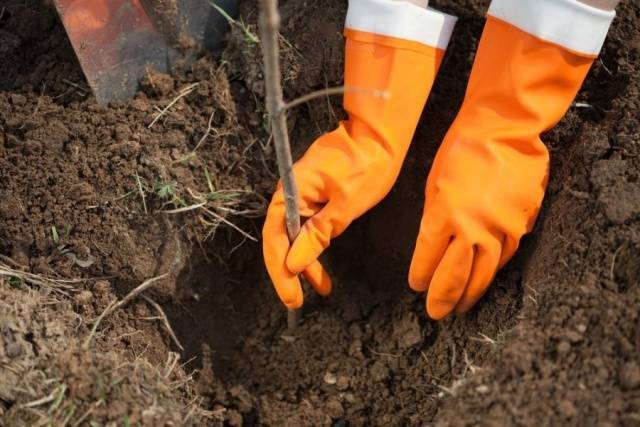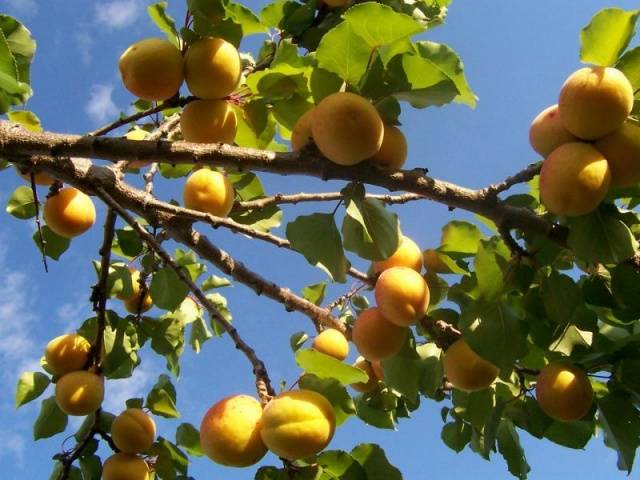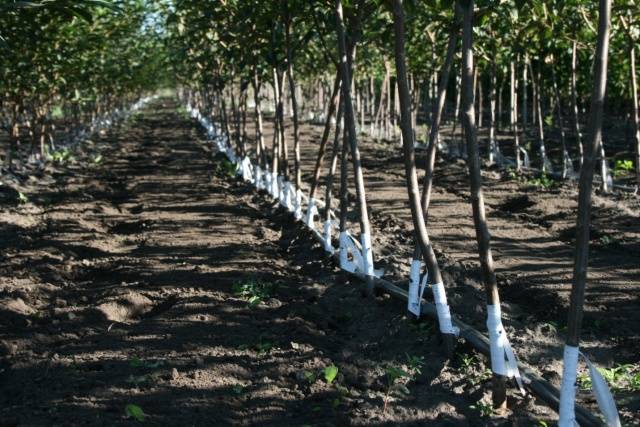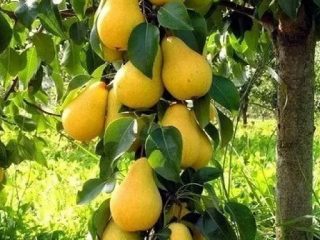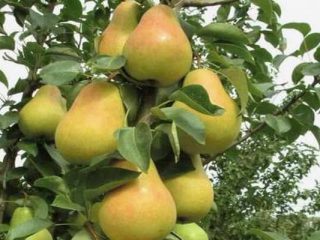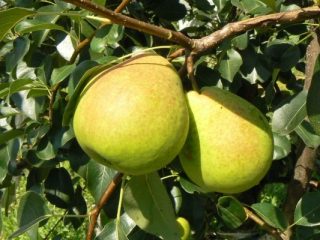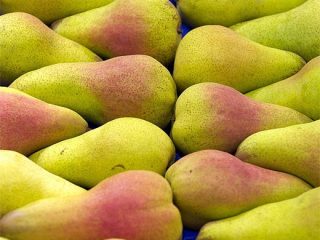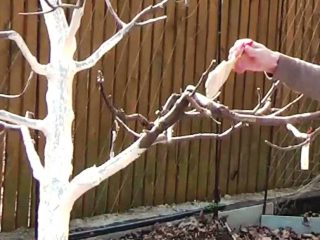Content
There are many tricks and secrets in gardening: to grow a decent harvest, you need to know a lot and be able to. The first problem that a novice gardener will face is the time of planting fruit trees. Disputes about when it is better to plant seedlings of fruit trees: in the spring or in the fall, do not subside for decades. There is still no definite answer: some farmers believe that it is correct to plant trees and shrubs in spring, others prove that only an autumn planting guarantees rapid growth and early fruiting. In fact, the truth is somewhere in between, because both autumn and spring planting of fruit trees have a right to exist.
This article will talk about the benefits of planting trees in spring, when it is beneficial, and when to wait until autumn. From here you can find out which fruit trees are best planted in spring and how to do it correctly.
Arguments for a spring planting
As soon as the snow melts from the site and the ground thaws to a sufficient depth, gardeners can start planting fruit trees and berry bushes. At this time, the soil is well saturated with moisture, so the roots of the plant quickly take root, and the tree itself grows.
Planting seedlings in spring is justified in the following cases:
- The culture belongs to a thermophilic, not winter-hardy variety.
- You need to plant a seedling of a stone fruit culture, such as a cherry, cherries, plum, peach or apricot.
- A pear tree was purchased not of a winter-hardy variety.
- The soil on the site is dense and heavy, highly saturated with moisture.
- Spring in the region is long, moderately warm (the plant will have time to take root until the summer heat).
In all other cases, autumn planting of trees and shrubs is more preferable. It is believed that in the climate of most regions of Russia, it is autumn that is the most suitable time for planting fruit and berry crops. But in the spring, the gardener will have something to do, because there are exceptions to this rule.
Planting shrubs
Most berry bushes are recommended to be planted in the fall. If you managed to buy seedlings in the spring, then it is recommended to dig them in and plant them in a permanent place in September-October.
For example, in raspberries in late autumn and early spring, replacement buds are formed on two-year-old shoots, which are very easy to damage, thereby disrupting the development of the shrub. Most raspberry varieties should be planted in early fall - September.
Cultures such as currants, sea buckthorn, gooseberries have their own peculiarity - the buds of these plants wake up very early. Therefore, it is very rare to plant shrubs in the spring, because the soil has not yet thawed, and buds have already hatched on the shoots - the plant will not take root.
Fruit trees
Each plant is unique, therefore, the methods of planting fruit trees may differ depending on the type and variety of the crop.Further, we will talk about how to plant heat-loving stone fruit crops in order to get a good harvest faster.
Cherries
For the normal development of cherries, a sandy loam soil with good drainage and a high potassium content is necessary. The root system of a cherry seedling does not tolerate either excessive moisture or excessive dryness, so the gardener will have to think carefully about choosing a suitable site.
Before planting a seedling in the spring, wood ash and fertilizers (mineral or organic) should be added to a previously prepared hole.
Cherry planting
Cherry trees are not as capricious as cherries - their seedlings take root well both on loamy and sandy loamy soils. Same, the cherry will be able to grow in a lack of moisture - the tree normally tolerates periods of drought.
But cherry seedlings are afraid of the proximity of groundwater, so the site is chosen so that the waters lie at a depth of more than two meters from the surface.
Before planting cherries, 15-20 kg of humus or compost, 150 grams of superphosphate and 50 grams of potassium sulfate (or two glasses of wood ash) should be added to the pit.
Plum tree
Even the most winter-hardy varieties of plums will not be able to take root in most regions of the country if they are planted in autumn. The roots of thermophilic plums often freeze out, therefore spring planting is more appropriate for this culture.
For draining, it is recommended to choose areas with heavy soil; soil with a clay composition is well suited. The big plus of this fruit tree is its ability to tolerate excessive soil moisture.
In the spring, immediately before planting plums, 10 kg of compost or rotted manure, 300 grams of superphosphate and 70 grams of potassium sulfate should be added.
Planting pears
Not all pears need to be planted in spring: thermophilic varieties of medium and low winter hardiness are more suitable for these purposes. Spring planting is optimal for varieties Russian Krasavitsa, Michurinskaya, Elena, Moskvichka, Svetlyanka, Marble.
A warm and dry area with heavy, but well-fertilized soil, which is characterized by sufficient moisture permeability, is most suitable for a pear seedling. A couple of weeks before planting, about three buckets of humus are poured into the pit, and on the day of planting the tree, a kilogram of ash and a glass of superphosphate are added.
Apricot tree
Of all the stone fruit crops popular in Russia, apricots and peaches are considered the most thermophilic. These trees are definitely best planted in the spring, when the soil warms up well to a sufficient depth.
Apricots will develop well and bear fruit for a long time only in a place suitable for them, therefore, sufficient attention should be paid to the choice of a site. The soil is preferable sandy loam or loamy, light and loose.
Loves apricot tree and nutrients. Before planting in the pit, add:
- 500 grams of superphosphate;
- 150 grams of ammonium nitrate;
- 100 grams of potassium salt;
- 1 kilogram of lime;
- 2 kilograms of ash.
Features of spring planting of trees and shrubs
When starting planting, a novice gardener should know at what distance to plant trees and shrubs, what is the best way to fertilize them, and a lot of different nuances.
Many planting rules depend on the type of tree, but there are several important recommendations that are suitable for all fruit and berry crops:
- Pits for seedlings of fruit or shrubs are prepared in advance: from autumn or at least a couple of weeks before planting.
- The fertile layer of soil extracted from the pit must be mixed with fertilizers (mineral and organic), and the upper layer of soil is simply removed.
- Trees and shrubs should be planted at above-zero air temperatures.
- The planting pit should not contain clods of frozen soil and fertilizers - the soil should completely thaw.
- By the time of planting, the seedlings should not have swollen buds. If the plant has already "woken up", and the juices have moved in it, the seedling will not take root well.
- The optimum age of trees at the time of planting is 1-2 years. Older seedlings take root more slowly, often discolor, bear fruit a couple of years later.
- The height of a stone fruit tree should be 120-140 cm, for pome fruit seedlings the optimal height is 80-100 cm.
- The roots of a fruit seedling or berry bush must be healthy and moist. If frozen or damaged roots are found, they are pruned to a healthy root. The dry root system is soaked for a couple of hours in water or in a growth stimulator.
- Watering fruit trees is recommended for two years after planting. In order for the water to be better absorbed into the ground, it is recommended to build an earthen shaft with a diameter of about 80-120 cm around the trunk. The amount of water and the regularity of irrigation depend on climatic features.
- In the first 2-3 years after planting, it is recommended to remove all inflorescences that appear on fruit trees - the plant is not yet ready for fruiting.
Observing simple rules, you can grow a real orchard, the fruits of which will be enough for both family needs and for commercial purposes.
Conclusion
Not all fruit trees and berry bushes can be planted in spring. Spring planting of seedlings is justified for heat-loving crops, and it is also recommended for residents of the northern regions. You should not postpone planting stone fruit trees, pears with poor winter hardiness until autumn. But berry bushes and pome fruit crops are best planted in the fall, so they will have more chances to take root.
There is no definite answer to the question: “When is it better to plant fruit trees and shrubs”. The gardener must take into account the peculiarities of the variety chosen for planting, the climate in his region and the weather conditions of a particular season. The rules for planting seedlings will also help, guaranteeing a good and quick harvest.
